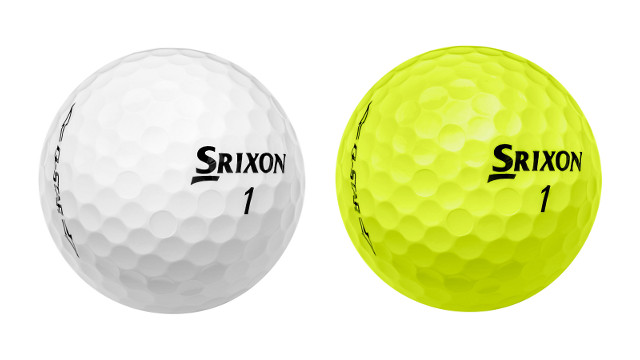It’s no secret these days that being fitted for your golf equipment is vital to realizing your full potential and playing your best game. All of the major club manufacturers and many individual teaching centers across the country have fitting programs which are designed to determine the best clubs, from driver to putter, for you.
But what about the piece of equipment which you use on every shot? What about the ball?
How many times have you picked up a sleeve of whatever balls were on sale in the pro shop before a round? Or whatever were cheapest? Or the balls the pros use? If these are the criteria which you use to select the golf ball you play you are not doing your game, or your wallet, any favors.
It’s pretty obvious that if you are paying for premium golf balls but losing them off the tee, you are wasting your money, but if you are going the cheap route with bargain-basement golf balls you may be hurting your game. And just in general, if you are using golf balls that are not right for your swing speed and skill level you are cheating yourself of the enjoyment you could be getting from your rounds of golf.
Ball-fitting philosophies – who’s right?
Of course, like everything else in the world of golf equipment, there are varying philosophies about what is the best way to go about selecting the best ball for your game. Let’s look at two of the major players in the golf ball business: Titleist and Bridgestone.
The folks at Titleist are proponents of selecting a golf ball model based on short game, while the people at Bridgestone believe that fitting tee to green is best. Going to a ball fitting sponsored by one or the other manufacturer is going to result in the ball fitters selecting one of their company’s golf balls for you, when in reality it might be another company’s ball which is actually best suited to your game.
There is relatively little variation in distance on full-swing shots across the spectrum of golf ball design and price. The two most important factors in how the ball responds to impact are the firmness of the cover, and the compression of the core.
It’s what’s outside that counts
High-performance, high-cost golf balls have grippier urethane covers which are conducive to creating spin. Spin is your friend around the green, where you want the ball to check up and stop, or even back up, for accuracy and to prevent excessive runout. Off the tee, however, too much spin can result in the dreaded slice or hook as a high rate of spin, when angled to one side or the other of the direction of flight, brings into play the aerodynamic forces that cause the ball to curve in the air.
For higher-handicap players who are still refining their ability to keep the ball in the fairway off the tee, lower-cost Surlyn-cover balls are the place to start. You may lose a shot or two per round due to their lower performance around the green, but this will be more than made up for by the shots you’re not losing due to balls that go missing in the rough.
As your skills improve and keeping your tee ball in play becomes less of an issue, you may find it beneficial to move up to premium golf balls with urethane covers. You will notice the difference around the greens and on your scorecard – and the higher cost won’t hurt as you won’t be losing as many golf balls.
The inside matters, too
Whether the ball you use has a urethane or Surlyn cover, your swing speed will determine whether a softer or harder ball is best for you. Generally a lower swing speed requires a softer ball, and a higher swing speed will get more performance out of a firmer ball.
To give yourself the best chances on the course, try a variety of golf balls from different manufacturers – maybe even finding the best of each manufacturer by going to one of their fittings, then play them off against each other out on the course. Keeping an open mind, free of brand loyalty, and following the guidelines mentioned above will give you the best chance of finding the best ball for you and your game.
This article is brought to you by 18Birdies, a free mobile golf app designed to make the game more social and fun. Features include GPS+ that is powered by Google Maps, digital scoring, side-game bet tracking, social Feed, stat keeping and more! 18Birdies is available via iTunes and Android. See how 18Birdies is reimagining golf by visiting our blog!

